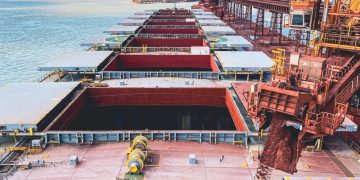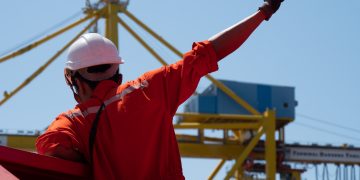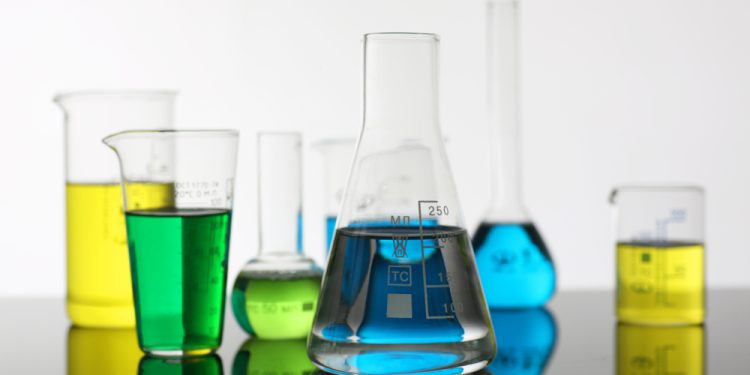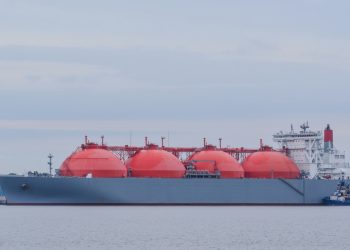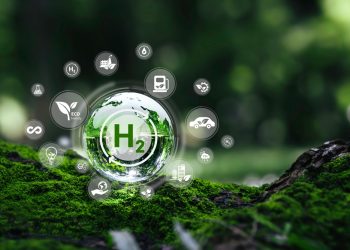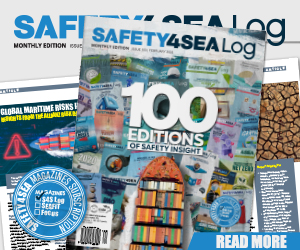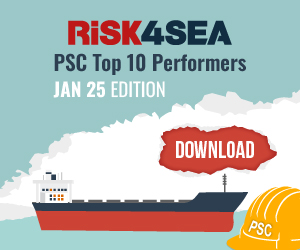The Maritime Technologies Forum (MTF) has unveiled an updated Framework for Assessing Decarbonization Technologies and Alternative Energy Carriers, accompanied by an assessment of the maturity and readiness of various alternative fuels.
The updated report expands on the November 2022 heatmap and includes an evaluation of eight fuels: fossil LNG, fossil MGO combined with carbon capture and storage (CCS), liquefied bio-methane, bio-methanol, green synthetic methanol, green ammonia, and liquefied blue hydrogen. The evaluation compares each fuel against the baseline fuel, fossil MGO.
Understanding the level of readiness, including availability and scalability, of a variety of alternative fuel options is an important step to helping industry
prioritize and safely deliver the next generation of fuels and enabling technologies
… commented Christopher J. Wiernicki, ABS Chairman and CEO
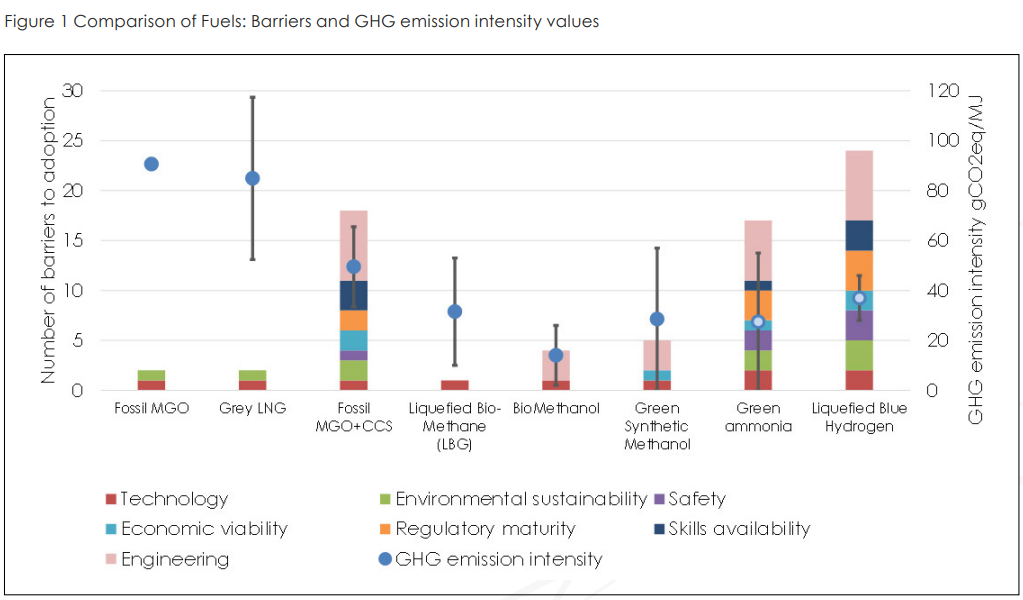
By evaluating a wide variety of emerging fuels through MTF’s newly revised framework, we were able to get a more comprehensive view and gain a better comparison of how all of the fuels stack up against each other.
… said Knut Ørbeck-Nilssen, DNV- Maritime CEO
The MTF framework, led by DNV, assesses fuels based on criteria such as greenhouse gas emission intensity, technology readiness, sustainability, safety, economic viability, regulatory maturity, skills availability, and engineering.
The systematic and standardized evaluation is presented in the form of heatmaps, helping identify areas that require more attention or prioritization to meet net-zero emission goals. ABS led the heatmap report, leading to five key observations:
Observation #1: Well-to-wake GHG emission performance is critical in the long term
The primary criterion for reaching IMO’s decarbonization targets is the GHG emission intensity value. Biofuels and hydrogen-based solutions offer lower lifecycle emissions, potentially achieving zero or near-zero emissions with sustainable energy sources.
Observation #2: Safety requires careful management for some hydrogen-based synthetic fuels
Due to lower flashpoints and toxicity of certain fuels, detailed safety studies and risk assessments are necessary. Additional research is needed to mitigate associated risks in handling and interactions with alternative fuels, especially during bunkering for methanol, ammonia, and hydrogen.
Observation #3: Need for additional training related to handling of more hazardous alternative fuels
The safety observation underscores the necessity for additional training, safety awareness, and management practices to match onshore levels for hazardous fuels. Cross-pollination from existing training courses, such as ammonia cargo carriage and LNG use as fuel, is deemed possible.
Observation #4: Technology for many fuel options is available with high maturity
Fossil fuels are well-established solutions, with technology readiness at TRL 6 or above for all evaluated fuels except green ammonia and Fossil MGO & CCS. The current technology readiness is high, and retrofits are generally feasible with varying engineering complexity.
Observation #5: Supply chain resilience is unknown for biofuels and hydrogen-based synthetic fuels
Low confidence in supply chain resilience is noted for all biofuels and hydrogen-based fuels, and currently not feasible for green ammonia due to limited fuel availability and competing demands in other industries. Addressing this issue is crucial for ensuring a clear supply-demand balance and should be communicated to policymakers and fuel producers.





























